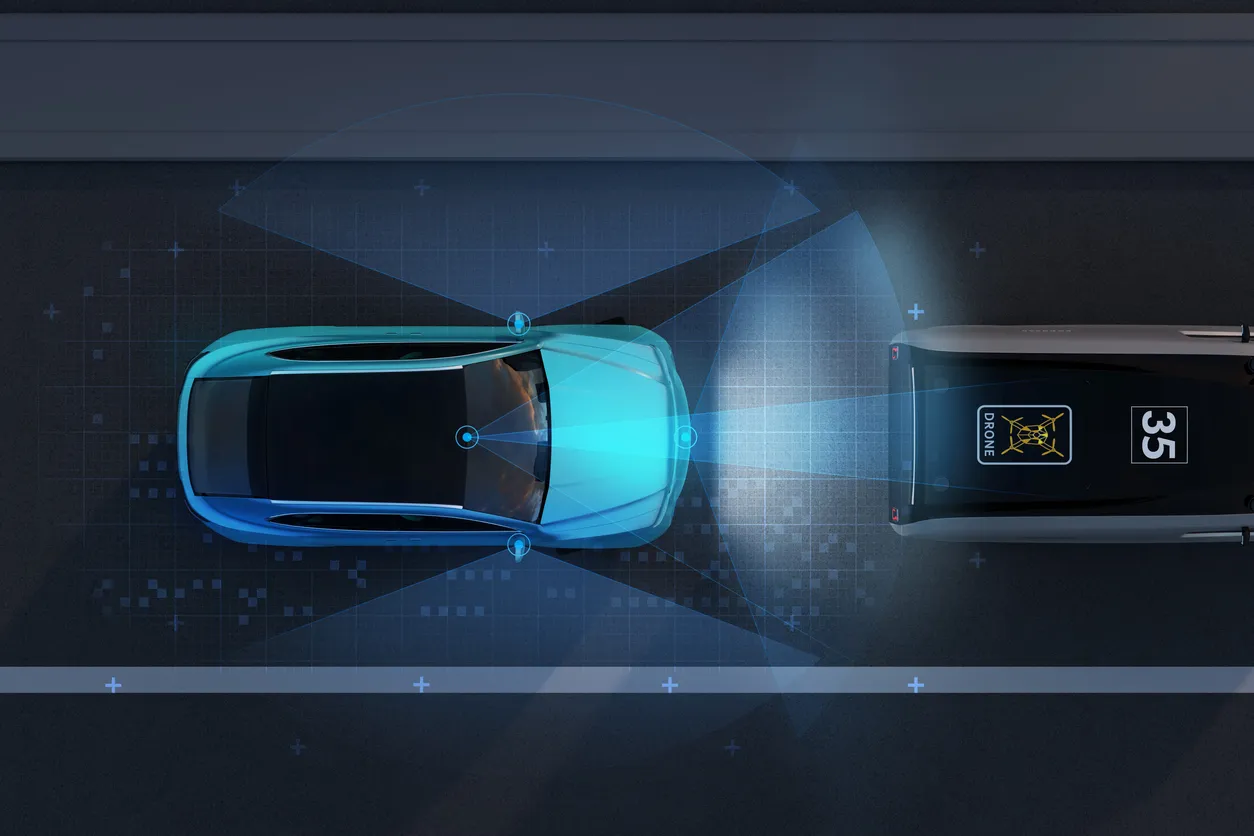Automatic emergency braking systems represent one of the most significant advances in vehicle safety technology since the introduction of airbags. These sophisticated systems can detect potential collisions and apply brakes faster than any human driver, often preventing accidents entirely or significantly reducing their severity. Understanding how these systems work, their capabilities, and their limitations proves crucial for every modern driver.
The Science Behind the Stop
Modern emergency braking systems combine multiple technologies to create a comprehensive safety net. Think of them as having three crucial components: eyes to see danger, a brain to process information, and muscles to act. The “eyes” consist of various sensors, including radar units, cameras, and sometimes lidar sensors, constantly monitoring the road ahead. These sensors work together, each compensating for the others’ limitations while providing redundancy for safety-critical functions.
The “brain” of the system comprises sophisticated computers that process sensor data in real-time, making complex decisions in milliseconds. These computers use advanced algorithms to distinguish between genuine threats and false alarms, considering factors like relative vehicle speeds, road conditions, and driver inputs. This processing power allows the system to predict potential collisions seconds before they might occur, providing precious extra time for preventive action.
Detection and Decision Making
When the system detects a potential collision risk, it progresses through several stages of intervention. Initially, it might provide a warning through visual alerts, audible alarms, or haptic feedback like seat vibrations. If the driver fails to respond adequately, the system begins preparing for possible emergency braking by moving brake pads closer to rotors and adjusting brake pressure distribution. Finally, if collision appears imminent, the system applies maximum braking force while often tightening seatbelts and adjusting head restraints for optimal protection.
This graduated response helps prevent unnecessary interventions while ensuring maximum effectiveness when genuine emergencies occur. Modern systems can even recognize when drivers are attempting evasive maneuvers and adjust their responses accordingly, providing support without interfering with driver intentions.

Real-World Performance Capabilities
Emergency braking systems have demonstrated remarkable effectiveness in preventing accidents, particularly in urban environments where most collisions occur. Research indicates these systems can prevent up to 40% of rear-end collisions and significantly reduce the severity of impacts when prevention proves impossible. The technology proves particularly effective at lower speeds, where human reaction times often make the difference between a near-miss and a collision.
Different manufacturers implement varying approaches to emergency braking, leading to some performance variations. Some systems focus primarily on preventing collisions with other vehicles, while more advanced versions can detect pedestrians, cyclists, and even large animals. Understanding your specific system’s capabilities helps set appropriate expectations for its performance.
Weather and Environmental Considerations
Like all sensor-based systems, emergency braking capabilities can be affected by environmental conditions. Heavy rain, snow, or fog might reduce sensor effectiveness, potentially limiting system performance. Similarly, very low light conditions or glare from bright sunlight can affect camera-based detection systems. Modern systems typically alert drivers when environmental conditions impact their operation, helping maintain awareness of current safety capabilities.
Some manufacturers have developed innovative solutions for maintaining system effectiveness in challenging conditions. Heated sensors help prevent snow accumulation, while sophisticated filtering algorithms help compensate for reduced visibility. Understanding how weather affects your specific system helps maintain appropriate caution when conditions deteriorate.
System Maintenance and Calibration
Maintaining emergency braking system effectiveness requires understanding basic maintenance requirements. Sensors must remain clean and properly aligned for reliable operation. Even minor bumper damage can affect sensor alignment, potentially requiring professional recalibration. Regular system testing helps ensure proper operation, with many vehicles providing built-in diagnostic capabilities.
Windshield replacement often necessitates system recalibration, as many systems use cameras mounted behind the windshield. Understanding these maintenance requirements helps ensure your system remains ready when needed, while regular professional inspections can identify potential issues before they affect safety performance.
Integration with Other Safety Systems
Modern emergency braking systems typically work in concert with other vehicle safety features. They might coordinate with adaptive cruise control to maintain safe following distances, or with lane keeping assists to provide comprehensive collision avoidance capabilities. This integration creates multiple layers of protection, each supporting the others to enhance overall safety.
Understanding how these systems work together helps appreciate why maintaining all safety features in proper working order proves crucial. A malfunction in one system might affect the performance of others, potentially reducing overall safety effectiveness.
Driver Responsibility and System Limitations
While emergency braking systems provide valuable protection, they’re designed to supplement rather than replace attentive driving. Understanding system limitations helps maintain appropriate vigilance while benefiting from this important safety technology. Remember that these systems work best when drivers maintain safe following distances and remain alert to potential hazards.
Regular familiarity with system operation helps drivers respond appropriately when warnings occur. Practice scenarios in safe environments can help develop comfort with system interventions while building understanding of warning indicators and system responses.
Future Developments and Capabilities
Emergency braking technology continues evolving rapidly. Machine learning advances promise systems that can better predict potential accidents by recognizing complex traffic patterns and driver behaviors. Some manufacturers are exploring new sensor technologies and more sophisticated prediction algorithms that might provide even better protection.
Vehicle-to-vehicle communication capabilities might eventually transform emergency braking systems, allowing vehicles to share information about sudden stops or hazards before they become visible to following traffic. This cooperative approach could dramatically improve reaction times and accident prevention capabilities.
Making Informed Decisions
Understanding emergency braking technology helps drivers make informed decisions about vehicle safety features while maintaining appropriate trust in system capabilities. Remember that even the most sophisticated system serves as an aid to, not replacement for, attentive driving practices. Regular system familiarization and maintenance helps ensure this important safety technology remains ready when needed most.
















Add Comment